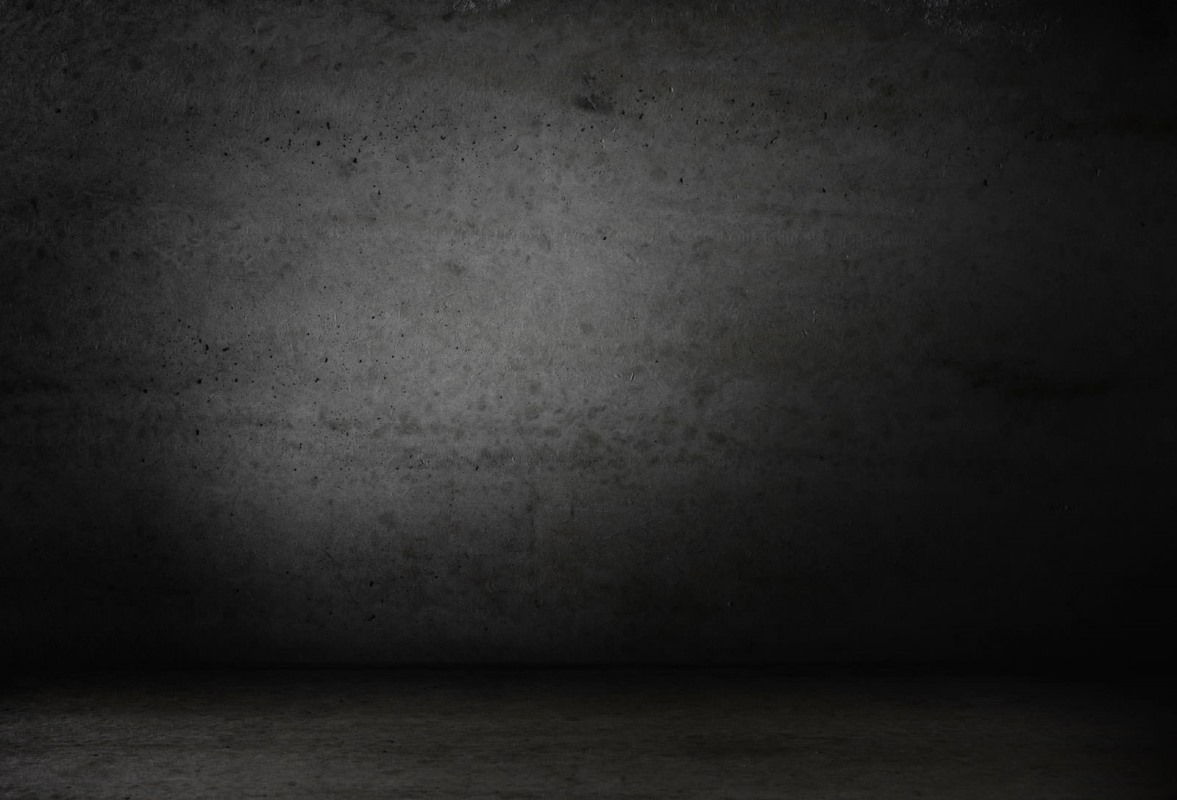

GARY HOFFMAN 29
How do you deal with the big temporal gap – almost a quarter of a
century – that separates the two sonatas?
I have played all Brahms’s chamber music, and so I conceive the two sonatas as
belonging to that larger whole. Of course, there are big differences between these
two works: the cello writing, the balance with the piano, the construction of each
of the sonatas, all those aspects are completely different. Nevertheless, when I’ve
played the trios, the sextets, the quintets, and the cello parts of the symphonies
in student orchestras, I’ve noticed that there are many points of correspondence
between the various styles of writing for my instrument in all these works. For
example, in the E minor Sonata I hear many echoes of the Sextet in G major. The
start of the first theme of the first movement reminds me of the variations in the
thirdmovement of the sextet.When I givemasterclasses, I realise that the students
who come to work on the E minor Sonata don’t know the G major Sextet. But the
chamber music of Brahms is a single continent in which everything is connected,
or, to put it another way, a single landscape. The Second Sonata is very close to the
Piano Trio op.101 or the Third Symphony. If you’re aware of those things, you’re in a
better position to understand the inner functioning of this music. The fact that I’ve
played so many Brahms works composed between these two sonatas that are so
distant in time produces, in a sense, the opposite effect: to me, they don’t seem as
different as all that.

















